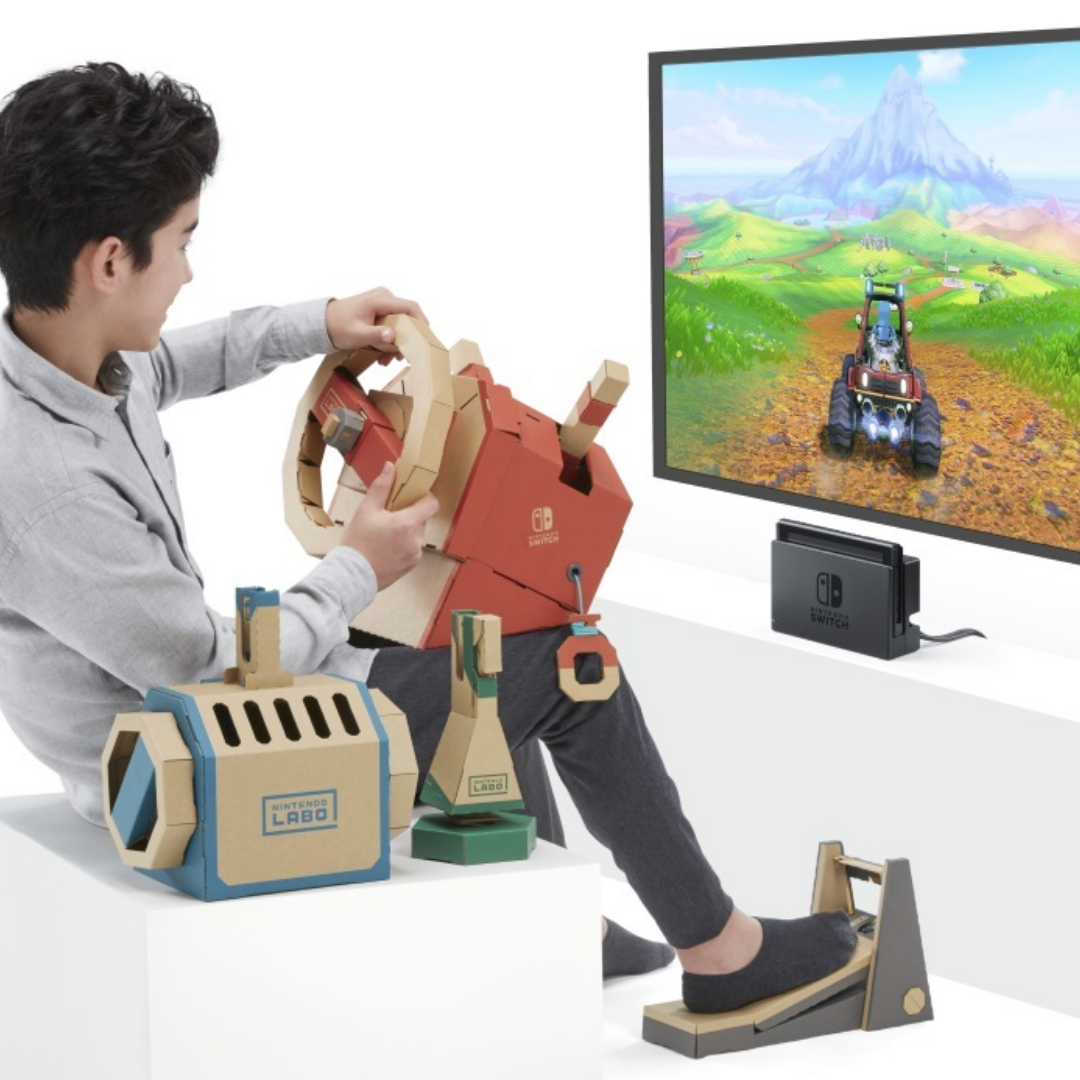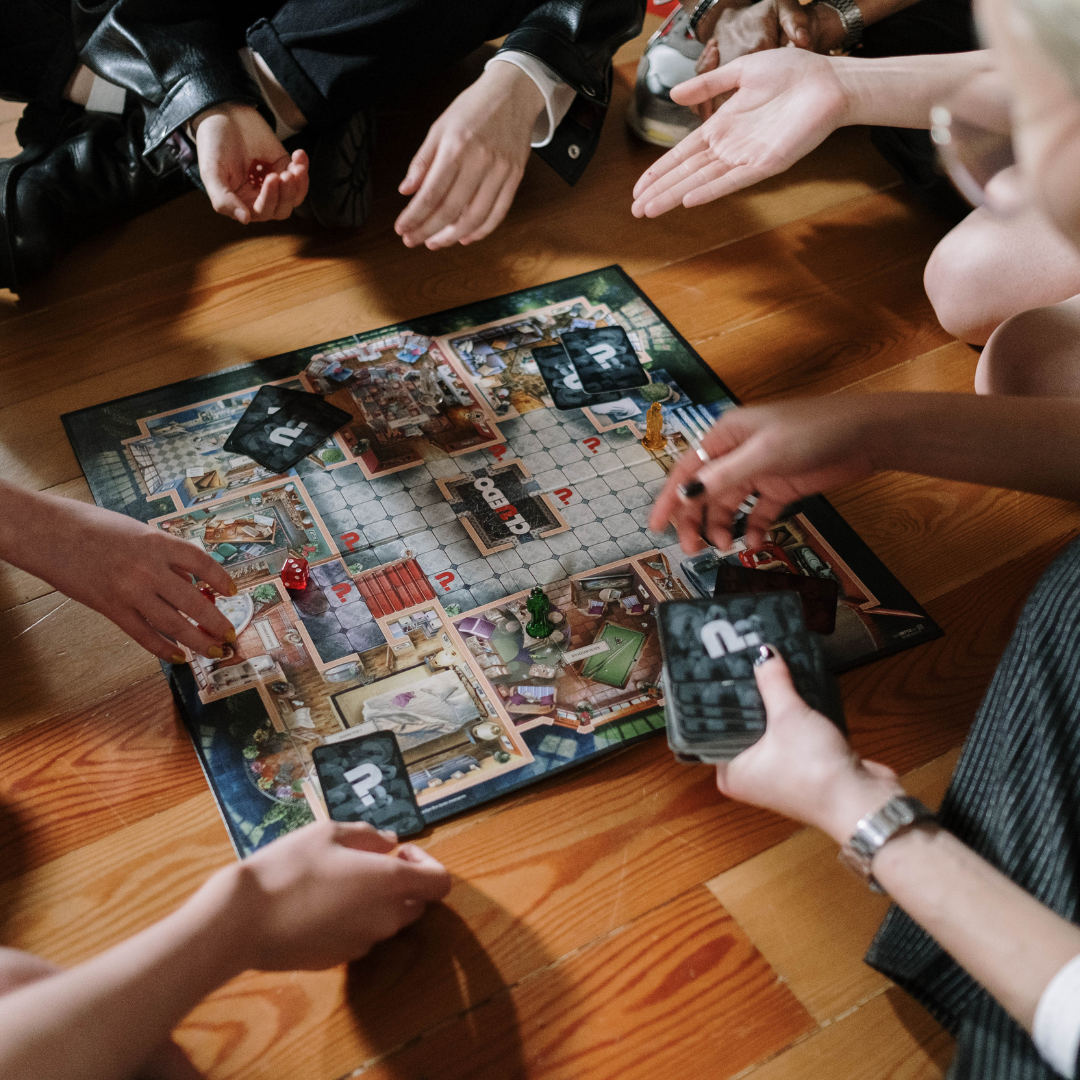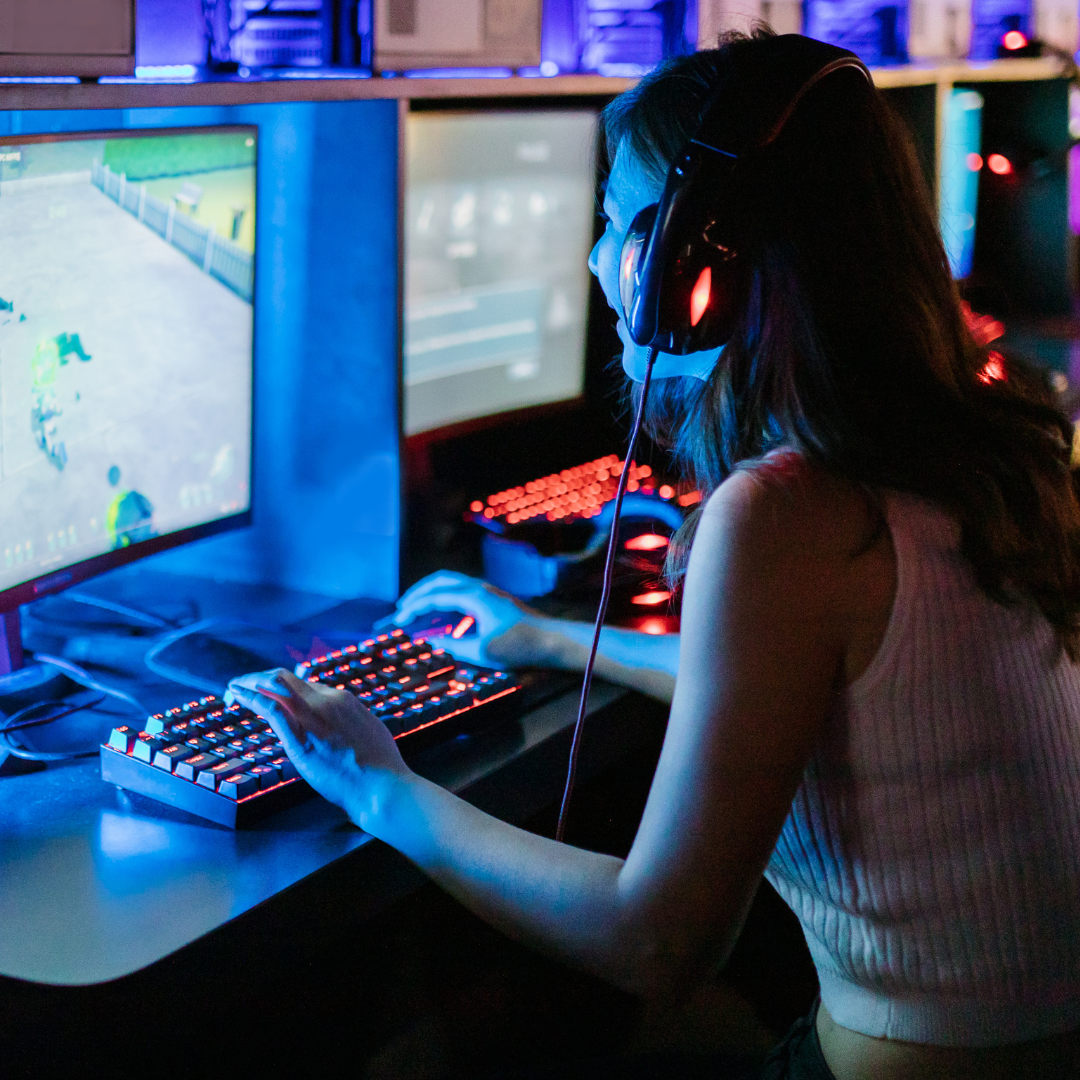Good gaming phones can cost as little as $300, and some of the more expensive flagships pack in more powerful hardware to keep up with the latest AAA games. But if you want a low-cost phone that doesn’t skimp on the basics, you should think about the Moto G7 Play. It has a clean design that doesn’t scream gaming phone, and it comes with a screen that’s sharp enough to support HDR video.
As part of our Best Mid-Range Phones for Gaming series, we’re going to break down the best gaming phones you can buy today. But before we get into the contenders, it’s important to note that the best gaming phone isn’t always the best smartphone and vice versa. Gaming can be a discrete experience, but it’s also one that’s built into your phone—and that means you need a phone that can handle it well. Here are the best gaming phones you can buy right now.
- Redmi Note 10 Pro
Xiaomi is one of the best budget phone makers around, and with their recent release of the Redmi Note 10 Pro, that’s no less true today. You’ll find a familiar design in there, with a 6.3-inch 18:9 aspect ratio AMOLED display, 2/3 cameras, and a rear-mounted fingerprint reader, as well as a smartphone that’s specked surprisingly well. While the company’s latest flagship is a bit slower than the competition, it’s still an impressively capable device that’s well worth a look from those in the market for a mid-range device.
- OnePlus Nord CE 5G
The OnePlus 7 Pro is the latest device from the Chinese smartphone maker, as it tries to make a name for itself in the premium device market. Launched in June, the phone is the manufacturer’s first to support the 5G network, and it also offers an impressive triple camera setup. Since the OnePlus 6T launch, OnePlus has been trying to be a closer and clearer alternative to Apple’s iPhone. In the past, it released two flagships in quick succession, hoping to sell out of the lot. But it hasn’t been doing so well lately. The OnePlus 7 is the company’s first flagship smartphone in a while, and we have yet to see an update on the OnePlus 8 . Don’t get me wrong, OnePlus is still a fantastic smartphone manufacturer for those looking for a high-end phone at a budget price. But, ever since 2016—with the OnePlus 3T—the company has been moving away from offering the best smartphone bang for the buck.
- Realme 7 Pro
The Realme 7 Pro is a budget-priced phone that offers great performance, and it’s available from all leading Indian carriers. It’s a nice option for those who want a phone that’s great for gaming and video calling, as well as for those who want a phone with longer battery life, and that’s all you need to know. Realme has been producing smartphones for less than a year now and has been making quite a name for itself in the budget Android segment. Its recently launched Realme 7 Pro is a high-end device that comes with a notch and an AI image-recognition feature—both of which are quite rare on phones of this price. The Realme 7 Pro is powered by a Snapdragon 675 SoC and is offered in three color variants: in Black, Gold, and Rose Gold.
- Xiaomi Mi 10T-Lite 5G
The Xiaomi Mi 10T-Lite 5G is the latest phone from the Chinese tech giant’s flagship Mi series. It comes with an impressive spec sheet for its price range and is the first 5G-capable phone from the company. Despite this, it is only available in China (for now). The phone sports a massive 6.39-inch display with a notch at the top and a notch at the bottom. It is a 4K+ display, which is rare at this price range. The Mi 10T-Lite 5G has a notch display, a notch display, and a notch display. But that’s all. Other than that, it has a 3,200 mAh battery 6 GB of RAM.
When the new year rolls around, and you’re looking for the best mid-range phones for gaming, there are a lot of options out there. Gaming is becoming more and more popular, and with smartphones getting better and better, it requires that you have a phone that can handle all the things that you want it to do, but at a reasonable price. First, let’s begin by establishing the most important aspect of a gaming device: the screen. The more pixels (picture elements) you can cram into your phone’s display, the more immersive your games will be. Right now, many of the best-performing phones on the market have 5.5-inch or larger screens.




